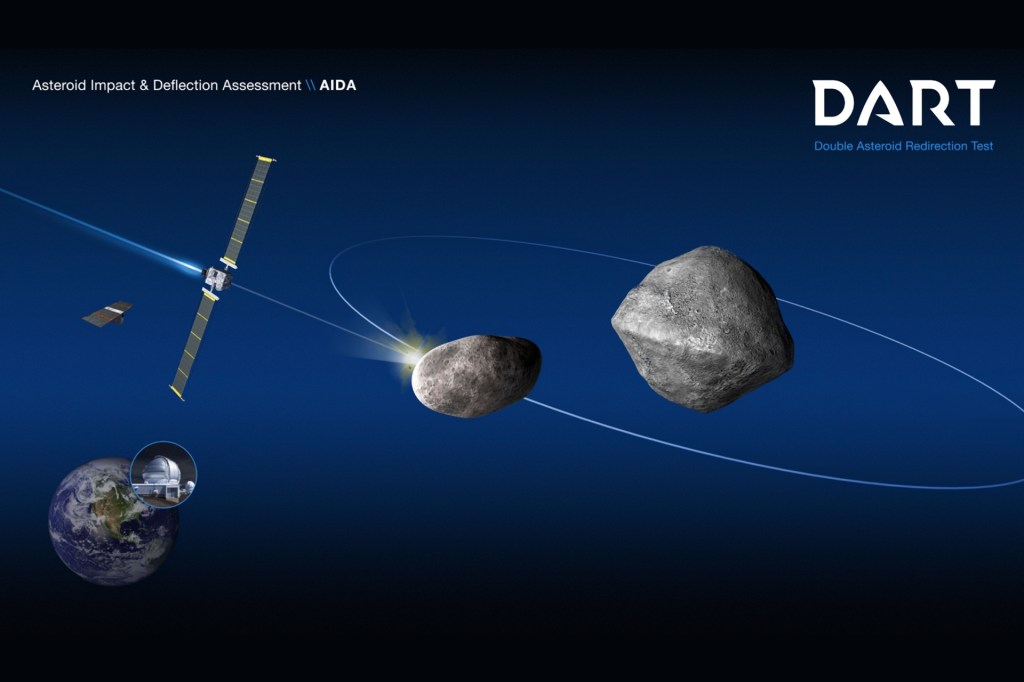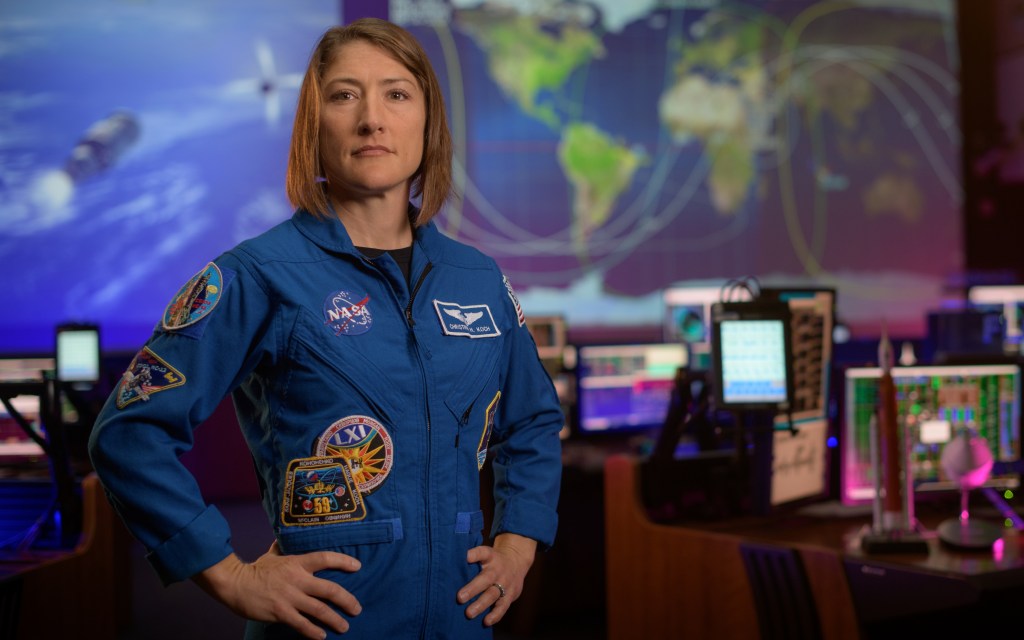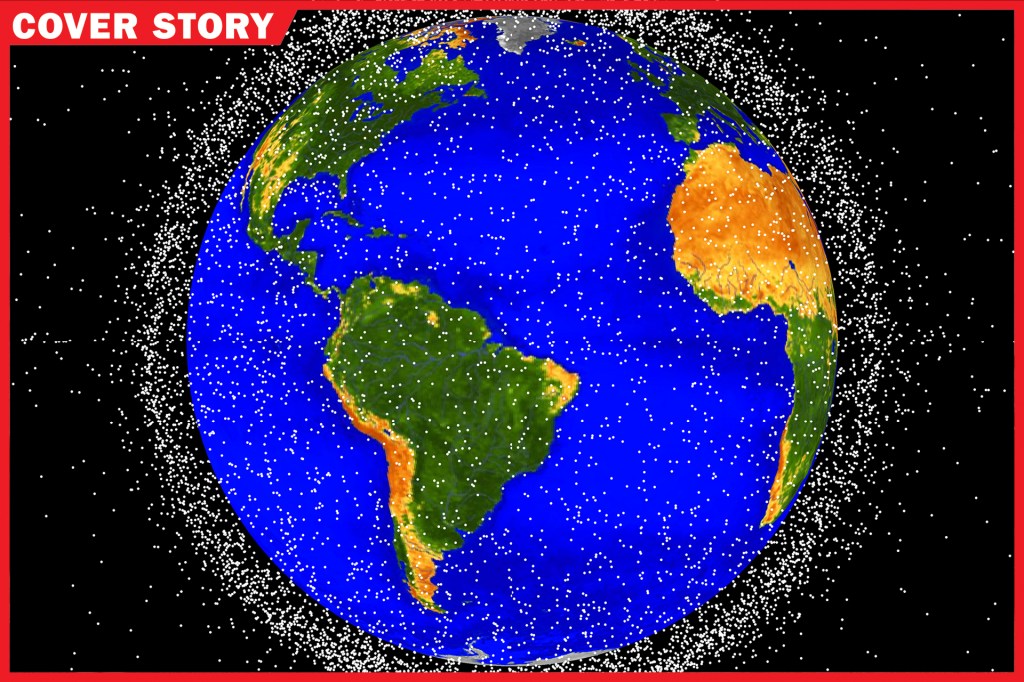
According to the Union of Concerned Scientists, there are nearly 2,800 working satellites in space. We depend on these devices for technology we use every day, such as video calls, online maps, satellite TV, and weather tracking. Scientists use them to study space and learn more about our planet.
But there are many other satellites in orbit that are no longer working. They’re among the objects cluttering up space. Some of these eventually fall back toward Earth, either landing or burning up in the atmosphere. But much of this space junk circles Earth for decades.
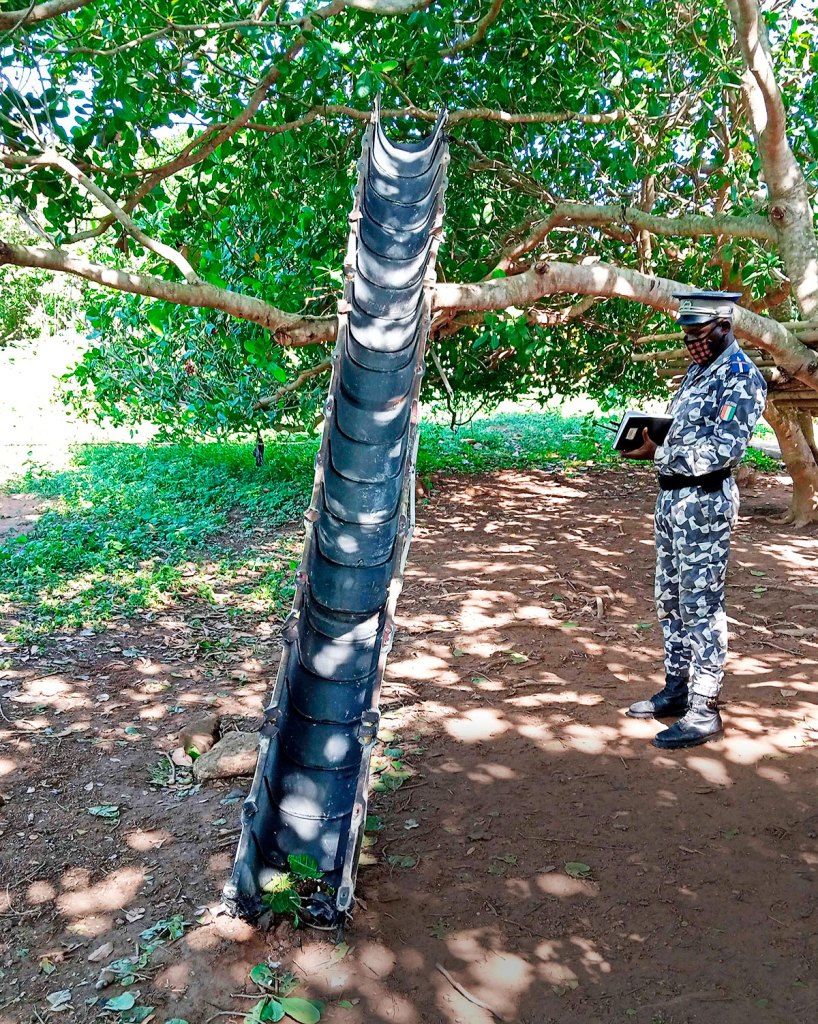
SUPER SIZE Space junk comes in different sizes. This big chunk from a rocket fell to Earth in May.
STR/AFP/GETTY IMAGESSpace junk is a problem. Debris floating around Earth puts technology and future space missions at risk. Experts are working on solutions. “We still have time to act responsibly,” Vitali Braun, an engineer at European Space Agency (ESA), told TIME for Kids.
Trash Trouble
Orbital debris, a type of space junk, is any human-made object that has stopped working but continues to float around the Earth. This includes abandoned satellites and pieces of spacecraft, such as rocket stages. “It’s a legacy
legacy
 TAB1962—GETTY IMAGE
carried over from an earlier time
(adjective)
Grandma's house was a legacy gift.
problem,” Braun says. “You have a satellite or rocket stages put into space in the 1960s, and they’re still there.”
TAB1962—GETTY IMAGE
carried over from an earlier time
(adjective)
Grandma's house was a legacy gift.
problem,” Braun says. “You have a satellite or rocket stages put into space in the 1960s, and they’re still there.”
Space junk also includes fragments of objects. These occur when satellites collide with things. They also result from an object crashing into an old rocket stage that still contains fuel, causing an explosion. Braun says there have been more than 250 space explosions since the 1960s.
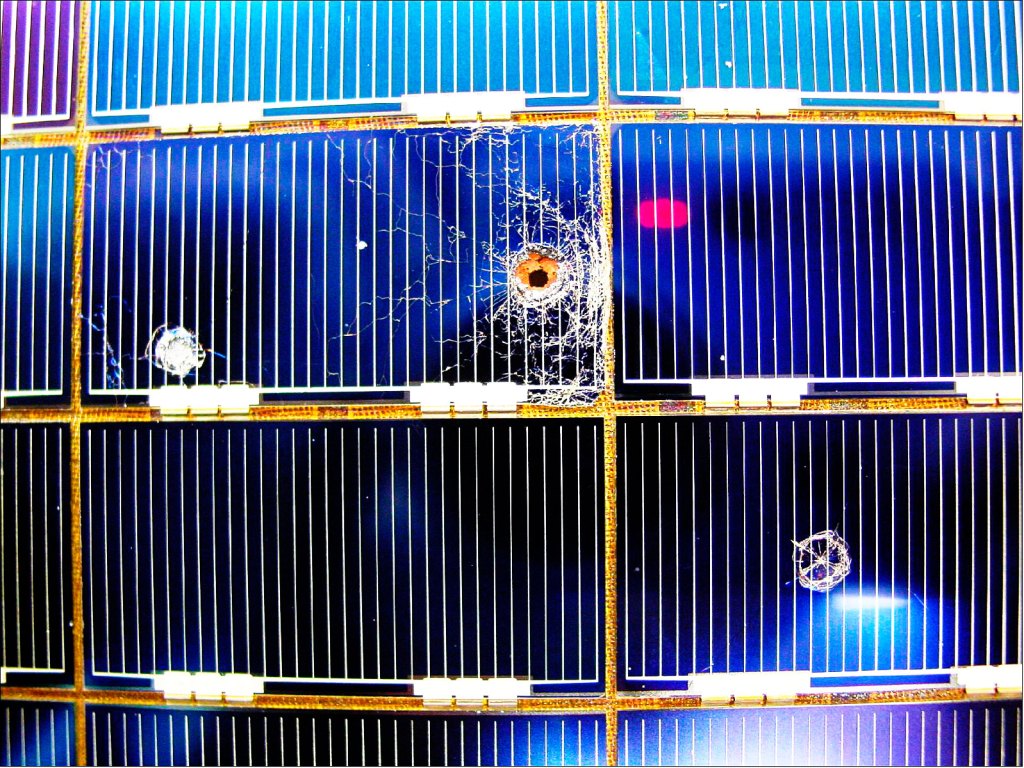
DAMAGED This solar panel from the Hubble Space Telescope was damaged by orbital debris.
ESAHeather Cowardin works at NASA. She says the United States is tracking more than 23,000 pieces of space debris (see “Too Much Junk”). These tiny fragments can damage working satellites, which can affect research in space.
Cosmic Cleanup
Companies all over the world are working to clean up the area surrounding our planet. Astroscale, a company based in Japan, is one of them. It plans to launch the ELSA-d mission soon. This mission will test the concept of using magnets to collect space debris. Chris Blackerby is Astroscale’s chief operating officer.
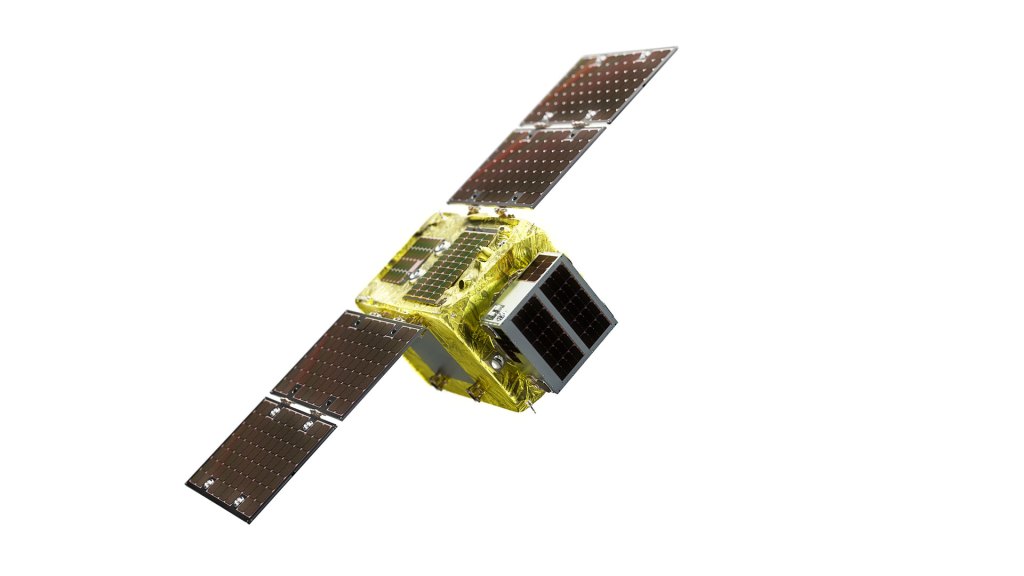
TRASH COLLECTORS Illustrations from Astroscale show the tools they hope to use to remove space junk
ASTROSCALEHe says the idea is to get companies to put magnetic plates on satellites before launching them. Then an Astroscale spacecraft could attach to the magnetic plate and remove nonworking satellites from space. Cleaning up space junk isn’t easy, Blackerby adds. “We’re trying to pick up a piece of trash that’s moving at 17,500 miles an hour,” he says.
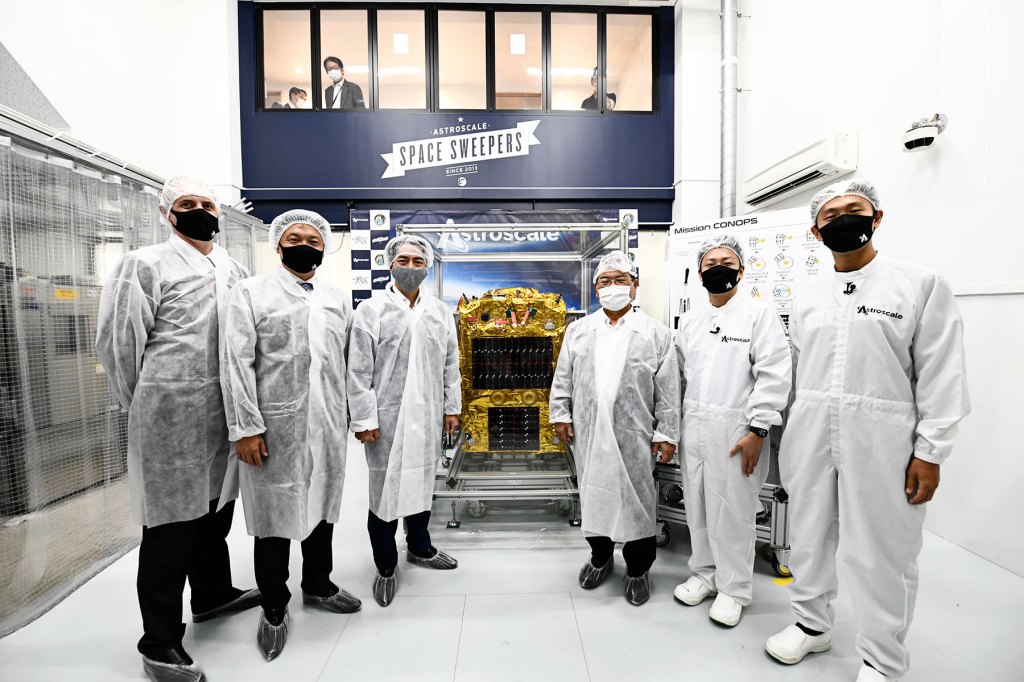
SPACE SWEEPER Astroscale and Japanese government officials pose in front of an ELSA-d satellite. It will use magnets to collect space debris.
ASTROSCALEAnother mission is led by a company based in Switzerland. It’s called ClearSpace, and its work will be supported by ESA. ClearSpace plans to launch a debris-removal spacecraft in 2025. The craft will grab a piece of an old rocket, slow it down, and eject it back to Earth. Eventually, the debris will “burn out like a shooting star,” says cofounder Luc Piguet.
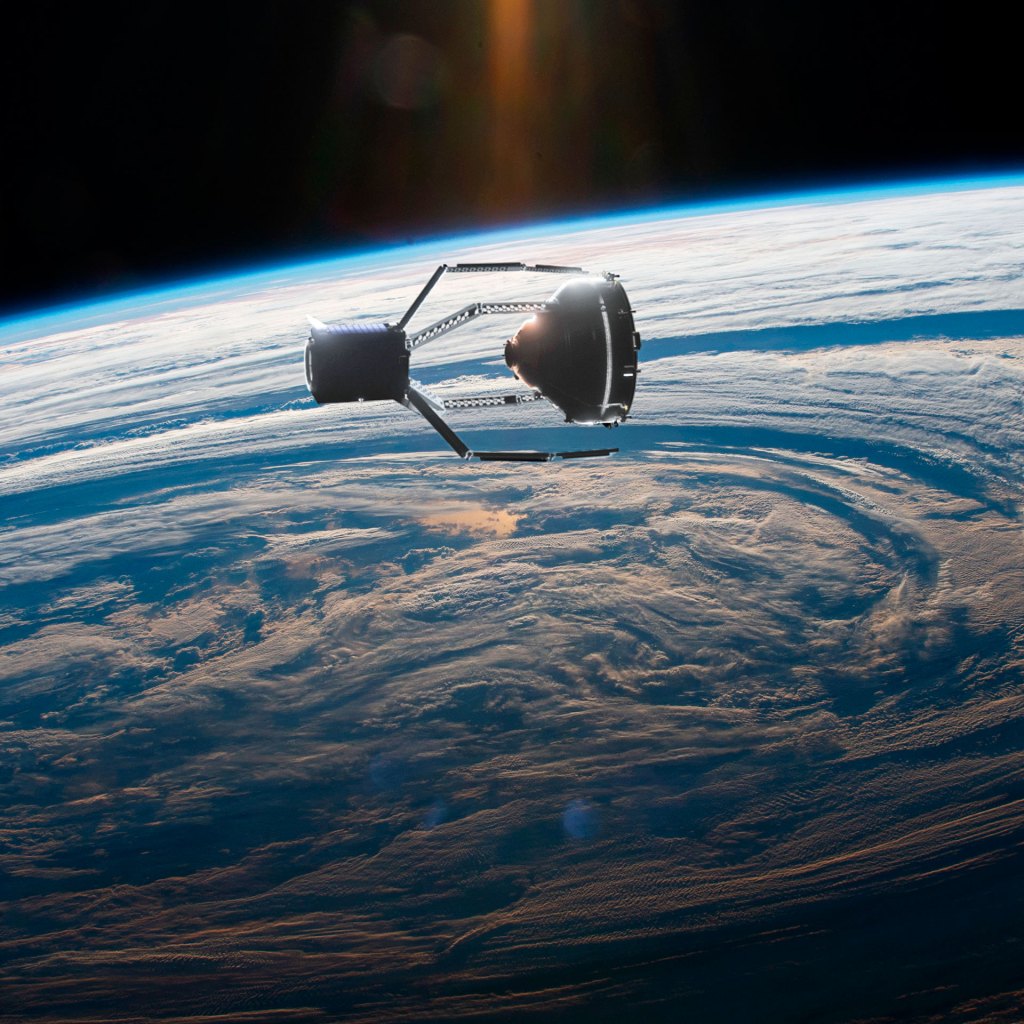
TRASH COLLECTORS Illustrations from ClearSpace show the tool they hope to use to remove space junk.
CLEARSPACEGovernments are trying to help too. Some are updating their country’s space guidelines to limit the amount of debris created. The sustainability
sustainability
 RADOMIR TARASOV/EYEEM/GETTY IMAGES
the ability to do something without causing permanent damage to the environment
(noun)
One way to improve sustainability in schools is for students to bring in a resuable water bottle that they can refill at the water fountain.
of space “is not a single-agency or a single-country problem that we can solve,” Cowardin says. “We have to work on this together.”
RADOMIR TARASOV/EYEEM/GETTY IMAGES
the ability to do something without causing permanent damage to the environment
(noun)
One way to improve sustainability in schools is for students to bring in a resuable water bottle that they can refill at the water fountain.
of space “is not a single-agency or a single-country problem that we can solve,” Cowardin says. “We have to work on this together.”
Too Much Junk
Thousands of marble-size fragments and millions the size of pencil lead are orbiting Earth. That’s according to NASA’s Heather Cowardin. Some result from satellites colliding with other objects. Cowardin says fragments can travel extremely fast. And they damage working satellites. That’s why cleanup efforts are so important. This chart from ESA shows the increase in space debris over time.






